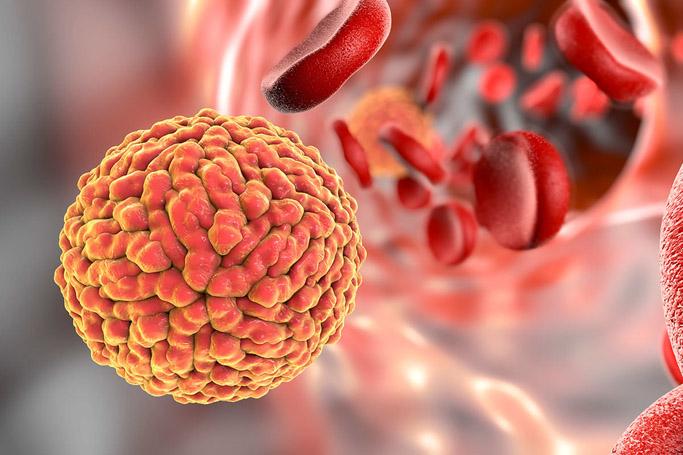
By Leila Gray / UW Medicine
“Current criteria using head size to diagnose Zika-related brain injury fail to capture more subtle brain damage that can lead to significant learning problems and mental health disorders later in life,” said Dr. Kristina Adams Waldorf, Professor Global Health and Obstetrics and Gynecology in the University of Washington's Schools of Public Health and Medicine, who specializes in maternal and fetal infections. “We are diagnosing only the tip of the iceberg.”
Damage may also occur in children infected during early childhood and adolescence, the researchers warn. It's also possible that undetected Zika brain damage may later lead to learning disorders, psychiatric illnesses and dementia.
These findings appear in the Feb. 5 issue of Nature Medicine. In addition to Adams Waldorf, the lead researchers were Dr. Michael Gale Jr., a Professor of Immunology and Adjunct Professor of Global Health at the University of Washington and an expert on how the body responds to viruses, and Dr. Lakshmi Rajagopal, an Associate Professor of Pediatrics and Adjunct Associate Professor of Global Health at the University of Washington and expert on newborn infectious diseases at Seattle Children’s Research Institute and UW Medicine.
An epidemic of Zika virus infections occurred in Brazil in 2015. Since then, there has been a surge in the number of infants in the Americas born with small heads due to brain damage that occurred when their mothers were infected during their pregnancy.
The virus targets and destroys neural stem cells. These produce new brain cells for normal brain growth and development. Many of these children are diagnosed during pregnancy by ultrasound or at birth because they have markedly small heads, a condition called microcephaly. More recently, medical scientists have recognized that even children with a normal head size at birth may be diagnosed with serious eye injuries or late-onset microcephaly, when the head fails to grow normally after birth.
...